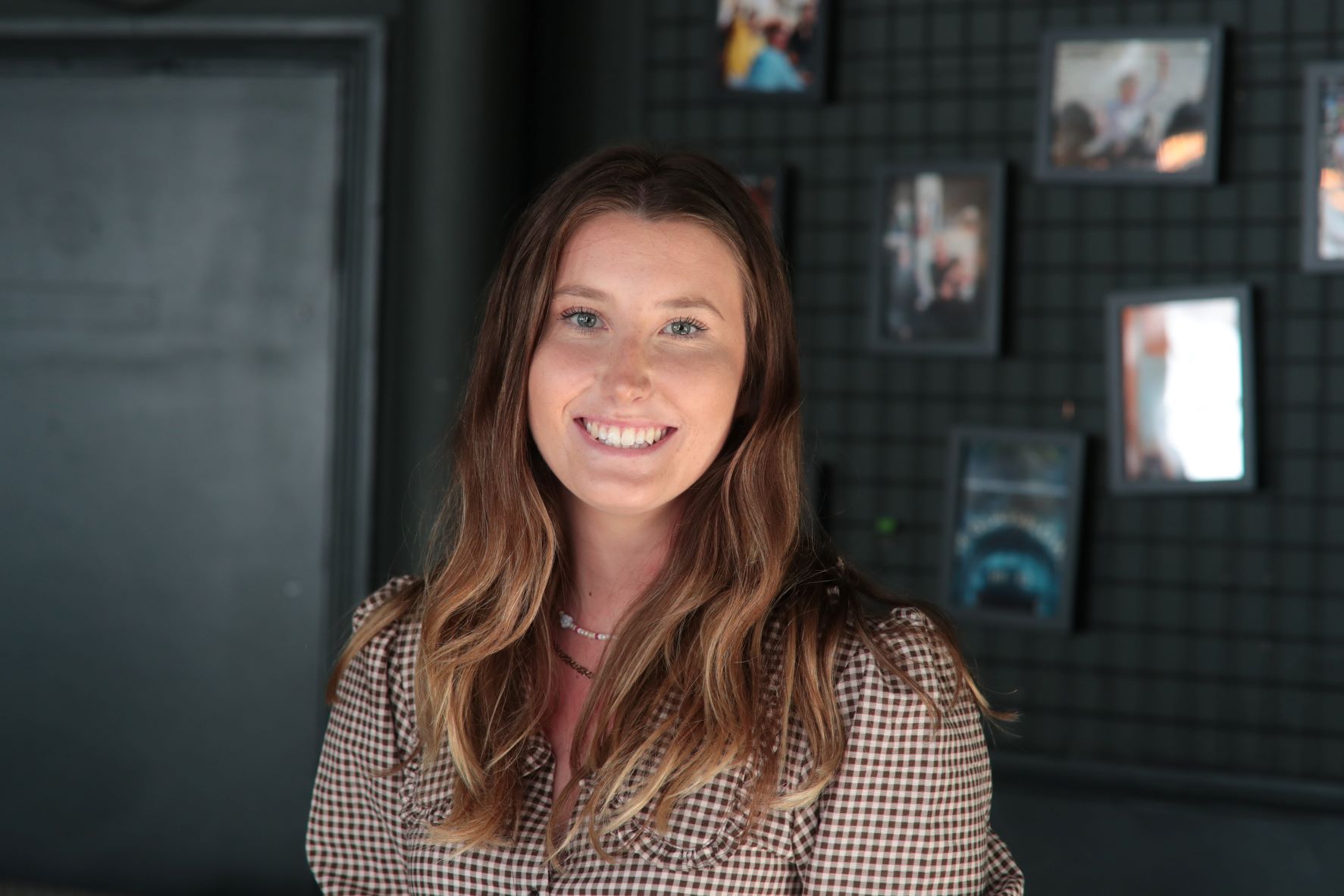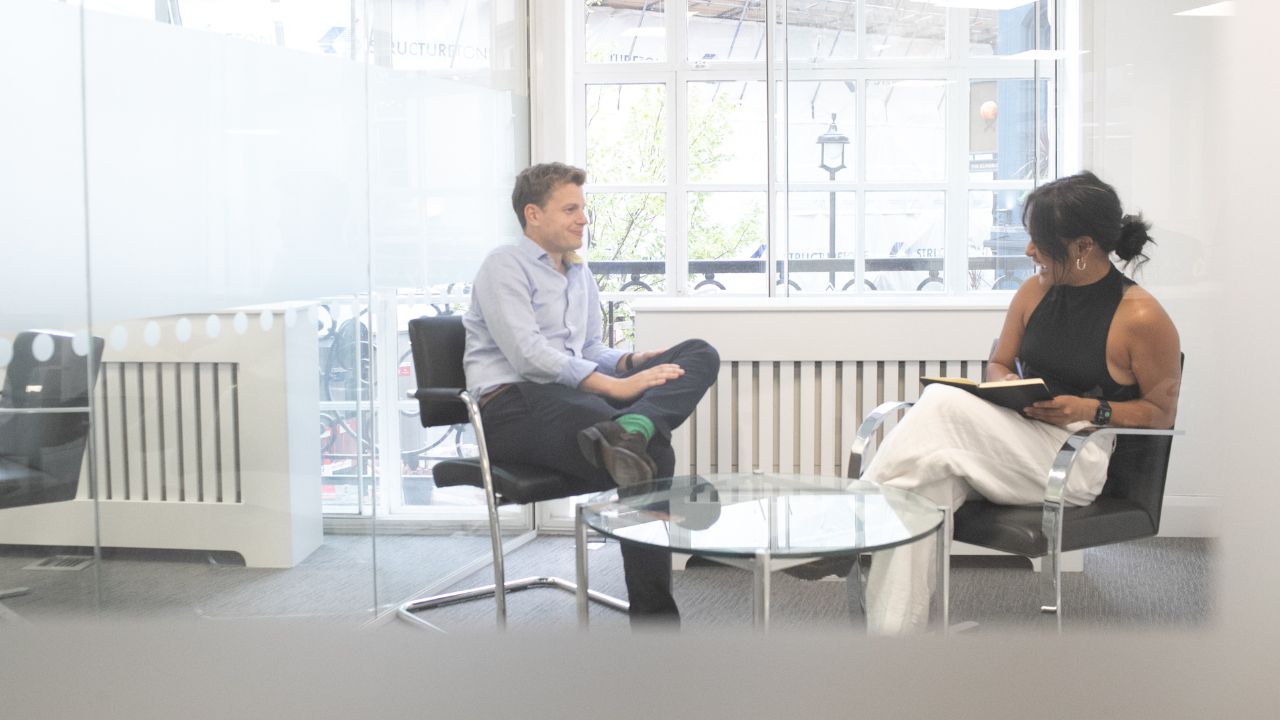
Have an interview coming up for your next marketing job? We understand that, although exciting, interviews can be stressful. So, to help you prepare, we've put together our guide to the STAR method. You can apply this method when answering certain interview questions.
Read on for our specialist recruiters' advice on how you can apply the STAR method.
What is the STAR method?
The STAR method is a structure you should use when answering a question where you need to give an example. It’s basically the key to answering any interview question starting with “Tell me about a time when you…” or any other variation.
Broken down, STAR looks like this:
Situation – Set the scene
Task – What was your role and responsibilities?
Action – Explain the steps that you took
Result – Describe the outcome
Following these four steps, will allow you to tell your anecdote concisely and effectively without leaving out any relevant details. This is exactly what the interviewer wants to hear!
Here’s how we recommend that you use the STAR method in your next interview to land your next marketing role…
Think of examples you can use in your interview
First, you’ll want to find the perfect example to answer their question. Unfortunately, it's very rare to know exactly what questions will be asked, so you’ll want to have a few prepared.
When thinking about what examples to prepare, recall your biggest successes in your previous role and, if you can, align them with the role/business you’re applying for. This will increase your chances of the anecdote being appropriate for your interview.
Top Tip: Brainstorm your successes and pick out the most relevant to the company and role you’re interviewing for.
Now, let's put the STAR method into action...
Situation
Situation is all about setting the scene for the story you’re about to tell.
When planning your response, make sure to only consider the necessary details. It can be very tempting and very easy to go overboard in this part of your response. This could lead to you straying off-topic and not actually answering the question.
Top Tip: Keep this part of your response concise, only divulging the necessary details.
Task
So, you’ve set the scene, now it’s time to set up your involvement in the story.
Not to be confused with the Action portion of your answer, here you’ll want to explain your responsibilities and interests in the story. What was your role? Your purpose/goal in the company at the time?
Top Tip: Focus on yourself when answering the question, not your team.
Action
Action should be the lengthiest part of your answer.
What actions did you take to solve the problem/achieve the goal? You’ll want to be specific for this part of your answer, including:
- The steps you took
- Names of software and resources used
- If/how you worked with others
Top Tip: Detail here is important!
Result
Last, but certainly not least, the results… Although this is the last step to STAR, it’s arguably the most important and you definitely don’t want to forget it!
Finish your anecdote with the results of your actions. If you have any facts or figures, include them here, it’s a great way to conclude your answer nicely.
Top Tip: Evidence (if you have it) can really support your answer.
Have an interview coming up? Good luck! And let us know how you get on using the STAR method.
Still searching for your next marketing job? Get in touch!
3Search is the largest digital marketing recruitment agency in London, with specialist recruiters operating across a range of skill sets. Browse our latest marketing jobs here, and start your job search today!



